Process Overview
Adopting the latest Technology for Efficient and Reliable Manufacturing
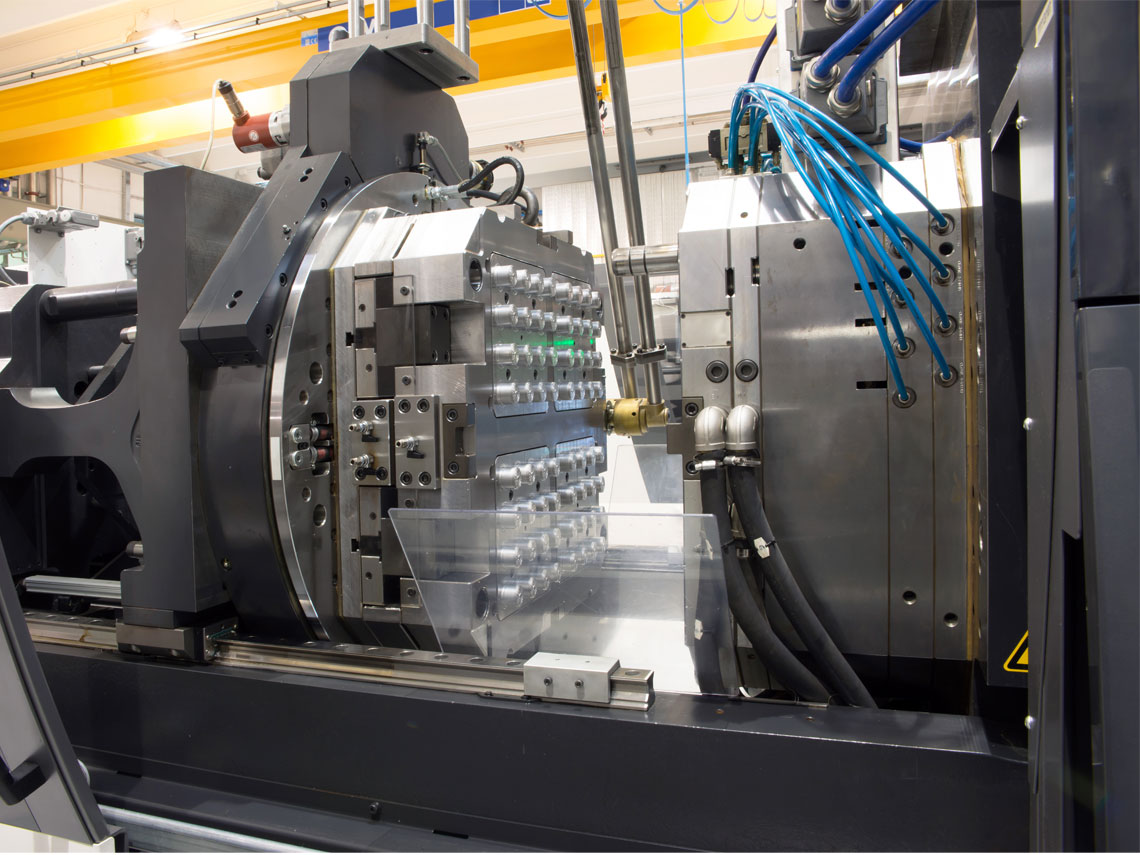
Injection molding is a manufacturing process in which molten plastic is injected into a mold which is made up of steel or aluminum. Principally it is like a die casting process used for making metal parts. The semi-molten plastic is injected into a feeding system and traversed to the mold before passing through feed, transition, and metering section. The Injection molding process cycle consist of six main stages :
When the mold is closed the injection molding cycle timer begins.
The heated plastic is injected into the mould. As the melt enters the mould, the displaced air escapes through vents in the injection pins and along the parting line. A good runner, gate and vent design are important to ensure the mould is properly filled.
Once the mould is filled the part is allowed to cool for the exact amount of time needed to harden the material. Cooling time is dependent on the type of resin used and the thickness of the part.
While the part cools, the barrel screw retracts and draws new plastic resin into the barrel from the material hopper. The heater bands maintain the needed barrel temperature for the type of resin being used.
The mould opens, and the ejector rod moves the ejector pins forward. The part falls and is captured in a bin located below the mould.
unners and gates are removed from the original part. Runners are also ground and recycled to reduce costs and environmental impact.
Materials
Commodities that we emulsify into Finished product

ABS

Cellulose Acetate
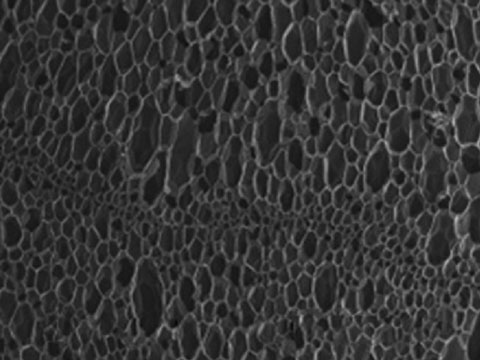
EPDM
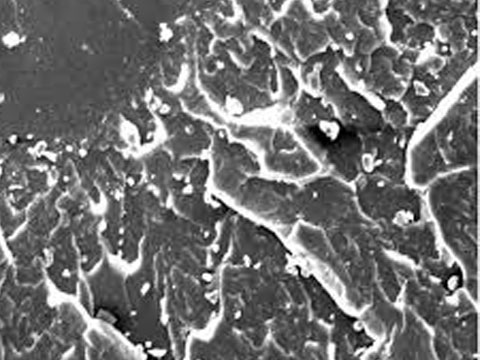
HDPE
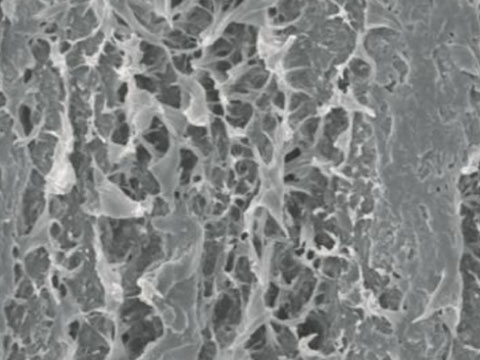
LDPE
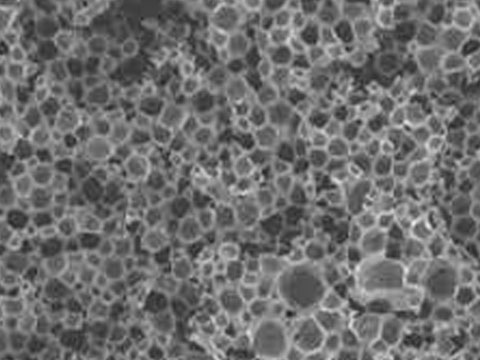
Polycarbonate

Poly Vinyl Chloride

Polyaryl Amide
Capabilities
A synopsis of our Skills and Expertise
- Integrated sequential manufacturing process under one roof i.e., Simulation -> Tool designing and manufacturing -> Prototype -> Mass production
- Tool room equipped with VMC’s and CNC’s for manufacturing of die and molds
- Prototype to high volume production of up to millions of parts per year based on part configuration
- Manufacturing of parts wide variety of materials such as ABS, LDPE, HDPE, Nylon, PC etc.
- Manufacturing of molds for up to 3000 Ton molding machine
- Provide different type of finish to molded part based on customer requirement
- CMM inspection for part validation and approval
- In-house lab tests carried out for raw material verification at production site, certified to international standards
- Defect analysis of plastic molded parts as per international standards
- Customer appointed third party inspection and verification allowed
- Manufacturing facility certified to IATF 16949 and ISO 13485 Quality Management System
- Implementation of Lean Six Sigma tools for better quality control, process control, part traceability and documentation
- Industry 4.0 integrated manufacturing facilities
Application and Benefits
Gain an Advantage over your Competition

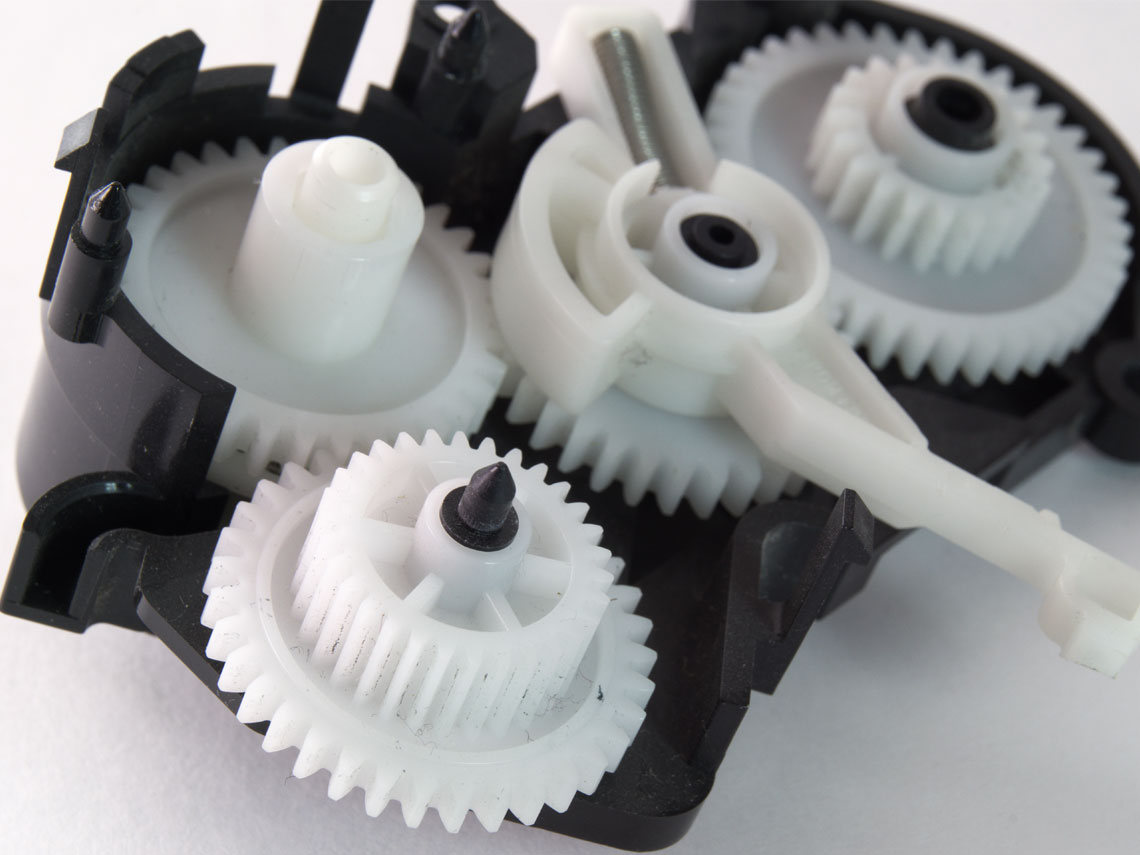
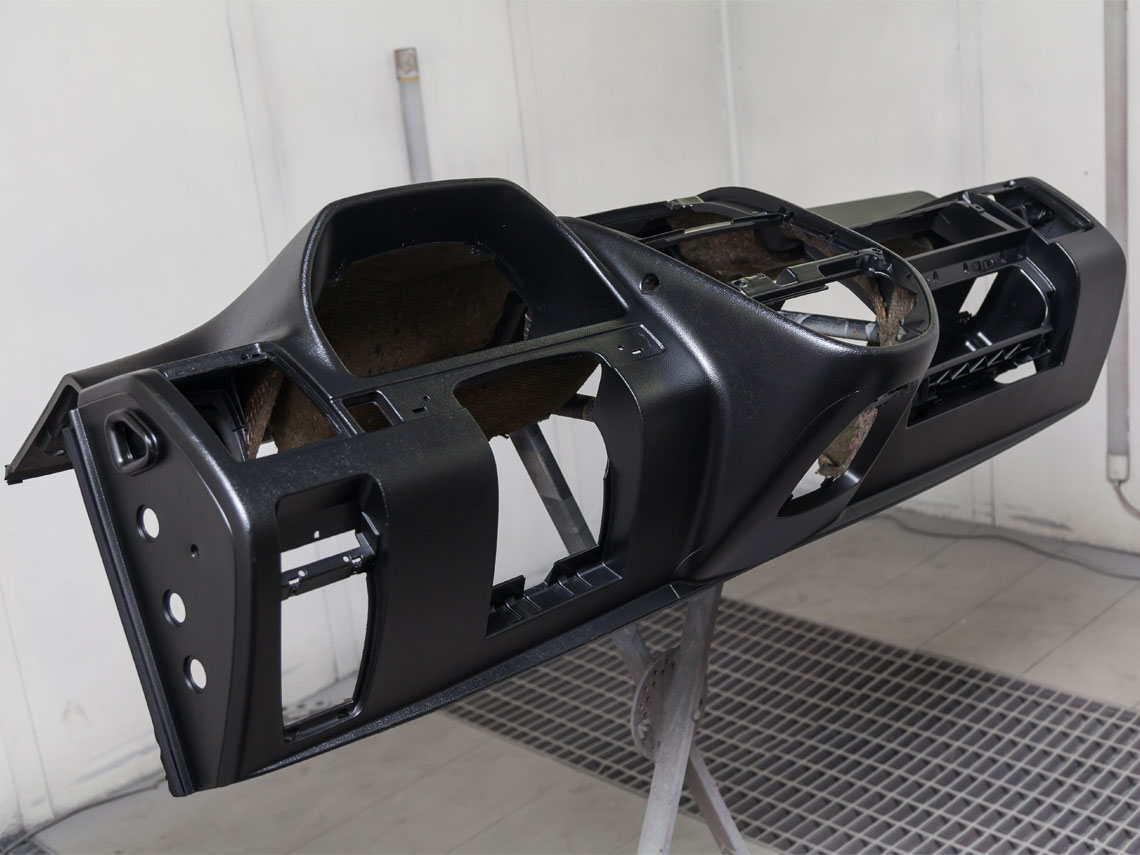
-
Injection molded parts has vast application in consumer and commercial products which are used by us in our daily lives. Few commonly known parts include :
- Automotive parts – Dashboards, bumpers, grills
- Electronic components – Connectors, enclosures, protective sleeving
- Medical devices – Syringes, valves, dishes
- Consumer plastics – Mobile covers, bottles, toys
- Furniture – Seat covers, cushions, chairs
-
Few important benefits of plastic injection molding are :
- Highly efficient mass production
- Low production cost
- Manufacturing of complex and intricate parts
- Enhanced material strength
- Flexibility of material and color selection
- Reduced material wastage
Frequently Asked Questions
Got Questions? We’ve Got Answers!
-
Plastic injection molding is the process of melting plastic pellets (thermosetting/thermoplastic polymers) that once malleable enough, are injected at pressure into a mold cavity, which fills and solidifies to produce the final product. The six main stages of production include :
- Closing of mold
- Injection
- Cooling
- Plasticizing the resin
- Ejection
- Removing the runner
-
Pros
- Can be used to produce intricate parts with high precision
- High repeatability
- Low cost per part
- Very fast process ideal for mass production
- Wide range of material choice
- Special surface finish with possibility of engraving and printing
- Minimal plastic waste
-
Cons
- High initial cost
- Initial lead time
- Large part size limitations
- Designing must be perfect considering all factors
- Flow lines – Due to varying speed at which the molten plastic flows as it changes direction through the contours and bends.
- Sink marks – When the cooling time or cooling mechanism is insufficient.
- Vacuum voids – Uneven solidification between the surface and the inner sections of the prototype.
- Surface delamination – Foreign materials that find their way into the molten plastic separate from the finished product because the contaminant and the plastic cannot bond.
- Weld lines – Inadequate bonding of two or more flow fronts when there is partial solidification of the molten plastic.
- Warping – Non-uniform cooling of the mold material.
- Burn marks – Caused either by the degradation of the plastic material due to excessive heating or by injection speeds that are too fast.
- Jetting – Melt temperature is too low, and the viscosity of the molten plastic becomes too high, thereby increasing the resistance of its flow through the mold.
- Flash – It can occur when the mold is not clamped together with enough force (a force strong enough to withstand the opposing forces generated by the molten plastic flowing through the mold), which allows the plastic to seep through.
- • We have developed and keep upgrading our capabilities by adding professional and experienced vetted suppliers to our vendor network. Please refer to Capability section of this page for more details.